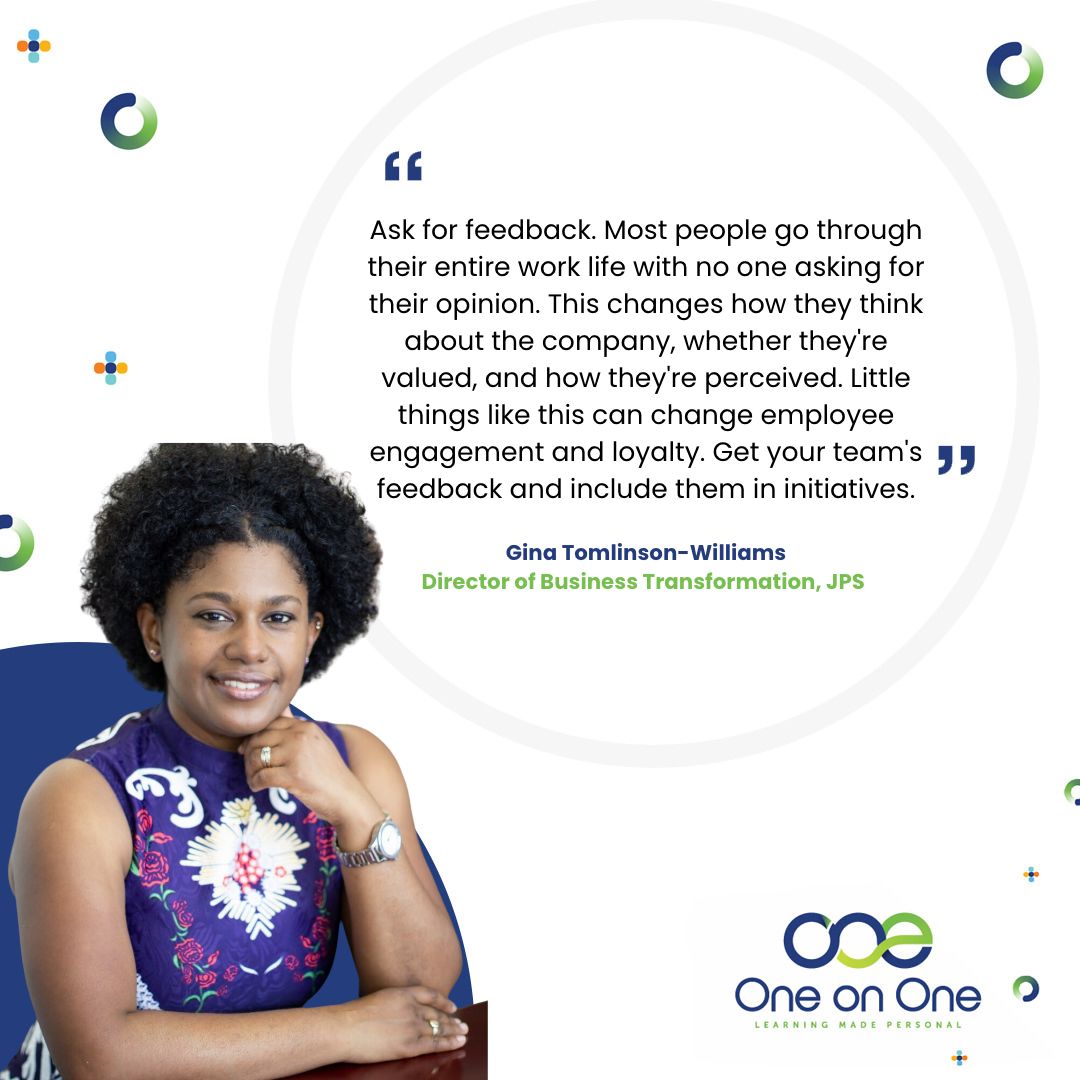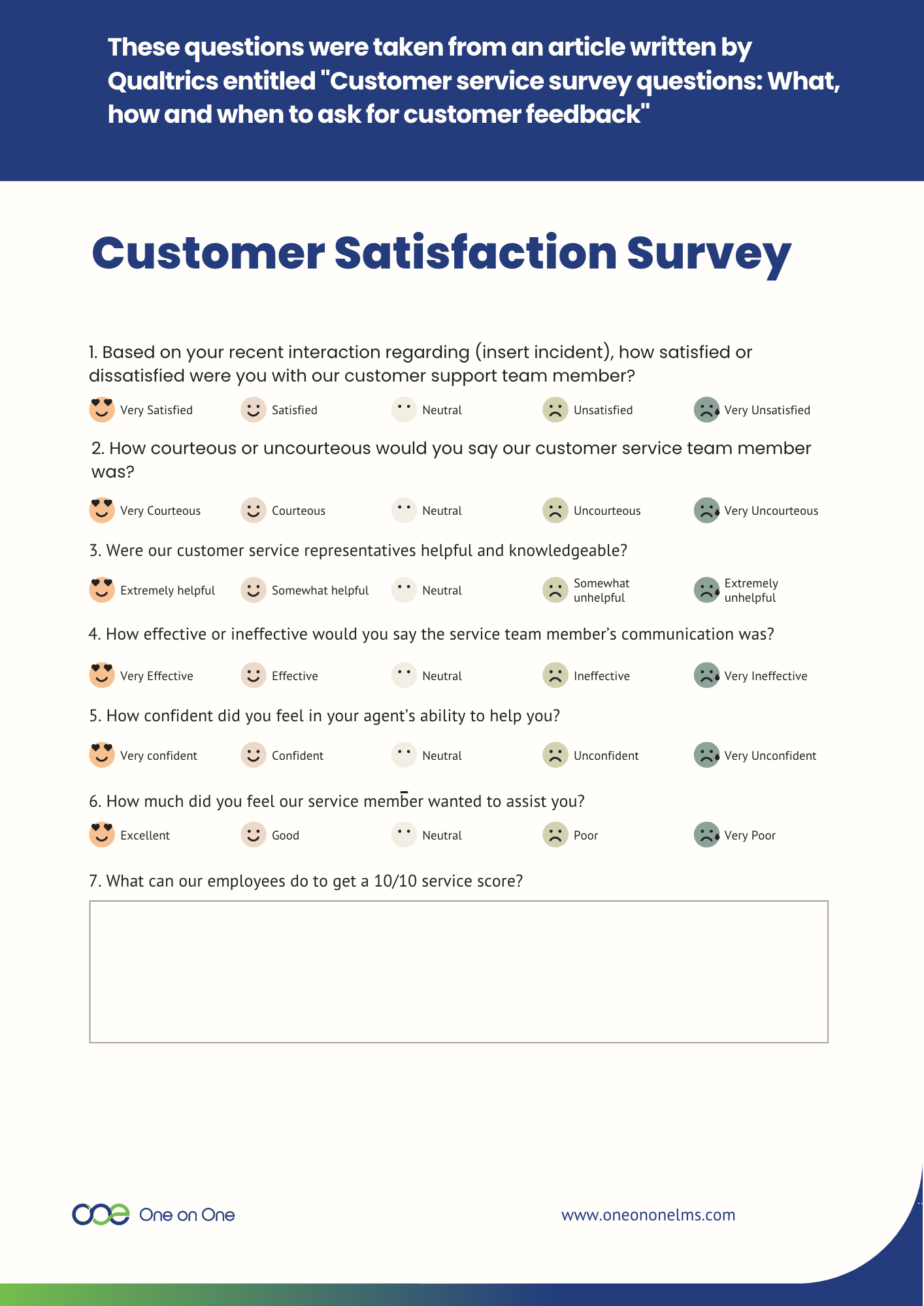5 Steps for Creating an Effective Customer Service Training Program
Customers form the backbone of any organisation. Without customers, your business wouldn't exist. That's why it's important for customer service training to be done routinely with all staff within your organisation, not just frontline staff. This article explains five steps you should take to create an effective customer service program that includes everyone.
Customer service requires more than greeting customers with a smile. Customer service agents deal with daily struggles of placating dissatisfied customers, ensuring issues are resolved, answering difficult questions, and sometimes even addressing verbally abusive customers. Smiling isn’t an adequate response for all these issues.
This reality means that customer service training for employees must go beyond the basics of teaching customer service agents how to answer the phone. Your customer service training needs to focus on working with all the teams across your organisation to improve the customer experience. Research shows that there’s a US$3 return for every US$1 spent on improving the customer experience which makes it even more important for customer service training to be an organisational priority.
Gina Tomlinson-Williams, Director of Business Transformation at the Jamaica Public Service, shared five steps you should follow if you want to create an effective customer service training program. She shared these steps during a podcast interview which you can either watch here or listen to by clicking the button below.
In this article, we’re looking more closely at these five steps and providing you with practical tips for executing them. You will be equipped with the knowledge necessary to make your customer service training program effective.
1. Consult a Customer Service Professional
The Jamaica Customer Service Association has members who are experienced and equipped to help you identify your organisation’s core internal and external customer service problems. Internal customer service is often overlooked in customer service training programs but it’s vital for creating an overall pleasant customer experience. Internal customer service is about how teams within your organisation help each other achieve outcomes that benefit the customer.
The experienced customer service professional you hire will do an assessment and build a customer service training program to address the internal and external problems identified. If you don’t live in Jamaica, you can consult professionals at any established customer service association in your region. You will need to give this consultant access to your ongoing Customer Satisfaction Score (CSAT) survey, Net Promoter Score (NPS) survey, Customer Effort Score (CES) survey, and milestone survey results. There will also be a period of observation where the consultant assesses your internal processes and the overall experience of the customer at all stages within your company.
While hiring a consultant is important for getting a fresh and external perspective, it’s important to remember that insights from your team matter too. As Gina shared,
“Ask for feedback. Most people go through their entire work life with no one asking for their opinion. This changes how they think about the company, whether they’re valued, and how they’re perceived. Little things like this can change employee engagement and loyalty. Get your team’s feedback and include them in initiatives.”

Getting feedback from your team on strategies that can be used to address customer service issues also helps create a sense of ownership. When employees see suggestions they made being implemented, they’re more likely to get on board and feel responsible for ensuring the plan’s success.
A customer service professional will help you develop a training program but you should ensure that this program appropriately reflects your organisation’s vision, mission, and values.
2. Link Training to Your Organisation’s Vision, Mission, and Values
Customer service training for employees should be built around what you want your customers to believe about you. What’s your promise to them? How do you want them to perceive you? What words do you want to use?
Here’s an example Gina shared during the podcast interview. Accountability and respect are two of the core values that matter at JPS. The JPS team also refers to JPS as a modern utility company, not a utility. If accountability is an issue at JPS, the customer service training program would focus on improving accountability and encourage everyone across the organisation to refer to JPS as a modern utility company.
The customer service professional you’ve consulted will help you tie your organisation’s vision, mission, and values into a training solution that addresses your core customer service issues. You then need to conduct pre-training and post-training surveys to measure the impact of your customer service training program.
3. Conduct Pre-Training and Post-Training Surveys
Issue customer satisfaction surveys before and after your customer service training. The pre-training survey will give you a clearer picture of how issues with your organisation’s core values are impacting the customer experience, while the post-training survey will help you measure the impact the training has had on improving the customer experience.
Your surveys should be based on the values you’re targeting in your customer service training. For example, if you’re targeting respect, both surveys should focus on the same questions that address respect. Here’s an example of what these questions could look like. These questions were inspired by an article written by Qualtrics.

The pre and post survey results should be shared across your organisation so that there is transparency and a collective solution can be found to address the concerns customers raise. Also, if the survey results reveal that one of your locations is doing better than the other, include opportunities for team members to learn from each other and apply their newfound knowledge.
Your pre-training survey, coupled with the results of your consultant’s assessment, will help execute a training program that covers all the staff within your organisation.
4. Train All Your Staff
Everyone from the guard at the gate to the executive in the big office needs to be aligned around serving customers. Customer service training isn’t only for customer-facing staff! Your customer training program should include opportunities for reorienting your entire organisation to be customer-focused, including opportunities to strengthen your processes to better support internal customer service.
It’s highly likely that your training efforts will be met with resistance from some employees. For instance, an accountant who has no interactions with customers will wonder why customer service training is important to her. How does it relate to her core job role?
Here are some tips that can help increase company-wide support for your customer service training program:
Link the training to performance appraisals and department KPIs
Provide incentives to teams whose internal customer service scores improve
Make the impact that departments have on each other clear
Use customer service training content that your team with which your team will want to interact
Looking for customer service courses in Jamaica? One on One has a library of bite-size on-demand customer service courses that your team can complete anytime and anywhere.
Strategic goals also form a big part of making customer service an organisational priority. Ensure that customer service is a strategic goal across the organisation and there are unique department goals that make achieving the larger strategic goal possible.
For instance, if one of your goals is to open all possible channels so that customers can easily reach your team, all departments should have goals that align with making that happen. The IT team needs to find the tools. The finance team needs to provide the necessary financial support. The product team needs to update the product to facilitate the change.
One of the most frustrating experiences for customer service agents is knowing that nothing can be done to address a customer’s problem because there are backend issues. It’s also frustrating for the customer and goes against making customer service an organisational priority. That’s why addressing backend issues is a crucial step in creating an effective customer service program.
5. Address Backend Issues
Don’t ignore customer complaints. Equip your team with the tools and resources they need to fix the persistent problems your customer service team has identified. It’s through fixing these issues speedily and efficiently that you’ll keep your customers happy and develop a positive brand reputation.
It’s also important to fix the backend issues related to the processes that impact internal customer service. Think carefully and strategically about how you can improve your business processes so that teams can work together to create the best possible customer experience.
Transform Your Organisation with the Customer Service Training Your Team Needs
Customer service training for employees goes beyond having a friendly tone when greeting customers. It dives deeply into the ethos of your organisation and exposes the realities about how customer service is viewed company-wide. All people within your organisation should engage in customer service training that’s relevant to the strategic objectives your organisation hopes to achieve and makes all parts of the customer experience priority.
One on One offers over 1,000 online customer service courses that will help your team improve their customer service skills. Book a demo to learn more about how these courses and our learning management system can support your customer service training.
You may also be interested in learning more about how you can measure the impact of your customer service training program for employees. Learn more by reading our article entitled How to Measure the ROI of Customer Service Training for Employees.


